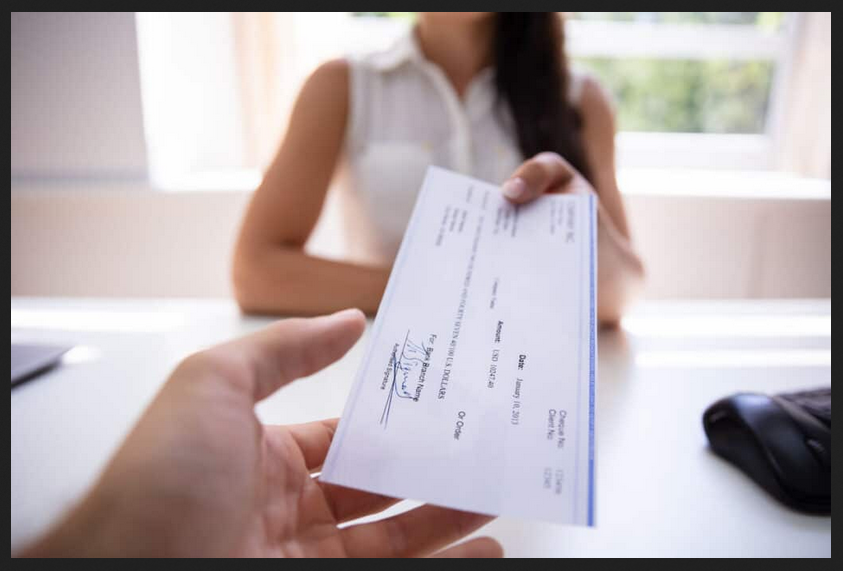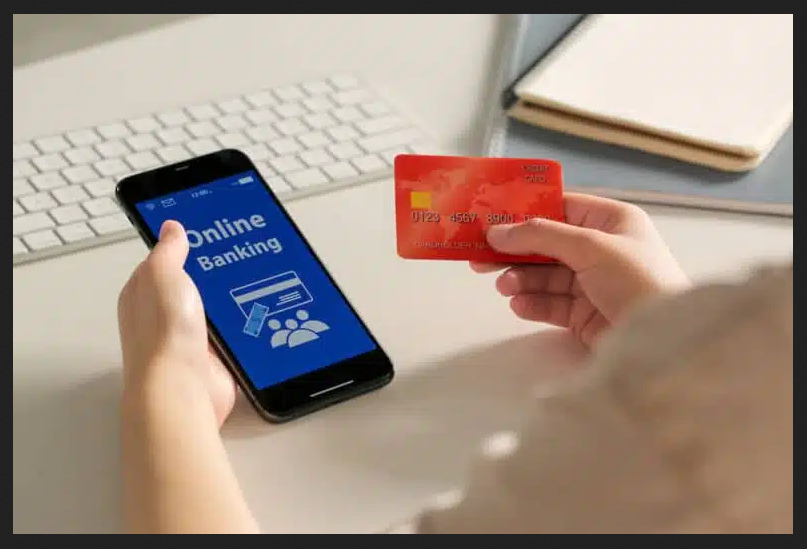A significant financial transaction can be stressful, and neither party wants to have a payment issue. Personal checks can bounce unexpectedly, and clearing a check can take several working days. Cashier’s checks come in handy in this situation.
A cashier’s check is a check issued by a bank that has been pre-paid. It is used for transactions worth more over $1,000. Cashier’s checks are insured by the bank’s own money rather than your personal checking or savings account, so the receiver has immediate access to the funds and is not vulnerable to fraud or phony check scams.

Everything you need to know about cashier’s checks, including where to get one if you don’t have a bank account, is right here.
Without a bank account, it can be difficult to locate a cashier’s check. This is because many banks only supply them to customers. If you need a cashier’s check but don’t have a bank account, here are your options.
Sign up for a free checking account.
The simplest method is to open an account at a bank or credit union that accepts cashier’s checks. Some banks provide free checking accounts with no minimum balance, and you can get a cashier’s check once you’ve deposited funds.
Of course, there are numerous reasons why you may not have a personal bank account, so this is not for everyone.
Buy a cashier’s check online.
You may be able to order a cashier’s check online if you have a local or regional bank account and there are no branches nearby.
Customers can order a cashier’s check from various banks online or via phone. If you don’t mind having to wait a few days for the check, simply go in to your bank account and purchase it online. Your bank can either mail it to you or send it directly to the recipient.
Contact your local bank or credit union.
Both of these approaches need the usage of a bank account. Is a cashier’s check possible to obtain without a bank account?
Although the majority of banks only accept cashier’s checks, there are a few exceptions. Calling many banks in advance will ensure that you don’t show up for a cashier’s check and leave empty-handed.
Remember that if you do not have a bank account, you must pay for the check in cash, just like you would for a money order.
Is it possible to cash a cashier’s check if you don’t have a bank account?
To cash a cashier’s check received from someone else, you do not need to have an account at the issuing bank. When you endorse the check, you may be required to show the issuer a photo ID that matches the name on the check.
Another option is to put it in a separate bank account. Some financial organizations, such as Chase and U.S. Bank, allow you to deposit a cashier’s check via mobile phone or ATM, albeit the amount you can deposit may be limited.
You can also cash the check at a check-cashing location, albeit there may be a fee.
What if I lose or misplace a cashier’s check?
Notify your issuing bank as soon as possible if you’ve lost or misplaced a check.
They can only cancel it if you physically return it to them. There’s no way to cancel it once it’s out of your hands, so someone else may find it and try to cash it.
You might be required to secure a “indemnity bond,” which protects the bank from liability, and you might have to wait one to three months for a replacement.
What is the definition of a cashier’s check?
A cashier’s check is a type of check that is signed by an employee of the issuing bank to ensure that sufficient funds are available.
A personal check, on the other hand, can be funded using your own checking account. The check will bounce if you use the money before the recipient cashes it, or if there wasn’t enough money in the account to begin with. The recipient will be unable to access their funds, and your financial institution may charge you a fee.
When should you use a cashier’s check?
A cashier’s check may be an excellent choice for large purchases, such as a down payment on a home or car. Debit and credit cards may not be accepted by the seller, and a cashier’s check is more secure than cash or a traditional check.
A cashier’s check has no upper or lower limit, but it’s worth considering for large payments above $1,000 or anything that exceeds your credit limit. You will be charged a fee of $5-$15 by the issuing bank or credit union. For example, Bank of America charges $15 for cashier’s checks but waives the fee for specific customers.
Substitutes for cashier’s checks
A cashier’s check isn’t your sole choice for large purchases. Other alternatives include a money order, certified check, or money transfer. Each of these options has advantages and downsides as compared to receiving a cashier’s check.
monetary order
Like a cashier’s check, a money order will never bounce. A cashier’s check, on the other hand, is guaranteed by your bank, but a money order is just paid for in advance.

A money order does not require a bank account to obtain; they may be obtained at USPS facilities, Walmart, and even certain convenience stores. You can pay at the post office with a debit card or cash for $1.65-$2.20.
Money orders usually have a maximum of $1,000 or $2,000, depending on where you get them, so they aren’t suitable for large payments.
Check that has been authenticated
A cashier’s check can also be replaced with a certified check. Like a money order, you can pay for a certified check in advance, but it may be more convenient to go to a financial institution where you already have an account.
This is because a bank employee can examine your account to ensure that you have sufficient funds, and then hold those funds until the check is cashed. A cashier’s check, on the other hand, is guaranteed by the bank with its own funds.
Both are more secure than a traditional check and suitable for large purchases and real estate transactions, so ask the receiver which they prefer.
Transferring payments electronically
Electronic funds transfers allow you to move money directly from one bank account to another, removing the need for a cashier’s check entirely. ACH and wire transfers are two of the most used methods of electronic money transfers, each with its own processing time and cost structure.
Electronic transfers are most convenient when both parties have a bank account, however certain financial institutions allow you to send money without a bank account.
Money transfer apps
A money transfer app, such as Venmo (for domestic transactions) or Remitly (for international transfers), is another alternative. Many money transfer apps are free to use and have lower fees than traditional bank transfers.
You can finance your transfer using a debit or credit card, and the funds will be transferred to the recipient’s bank account or digital wallet immediately.
Online transfers may allow you to save money.
Cashier’s checks are a safe and secure way to transfer money, but they can be difficult to obtain without a bank account and cannot be used internationally. Consider using a money transfer service like Remitly if you need to send money overseas.
Remitly simplifies international money transfers by providing fast transfer speeds and transparent, low-cost fees. If your recipient does not have a bank account, depending on where they live, they may be able to retrieve the funds at a cash pickup location instead.